Share
Learn how to mix art styles confidently with designer tips on color, placement, and framing. Create a curated gallery wall that reflects your unique style.
$0.00 USD
| Product Image |
|---|
| Product Title |
| Price |
| Type |
| Vendor |
| Collections |
| Tags |
| Short Description |

By: KoolyDesign l September 2025
Mixing art styles can feel intimidating—like you're breaking some secret design rulebook. But here's the truth designers won't always tell you: the most memorable, personality-filled spaces are rarely "matchy-matchy." They're layered, eclectic, and full of intentional contrast.
Whether you're drawn to modern abstracts, vintage botanicals, bold photography, or delicate line art, you can create a cohesive gallery wall or room that feels curated, not chaotic. The key isn't following rigid rules—it's understanding a few foundational principles that give you creative freedom.
In this guide, we'll walk through exactly how interior designers mix art styles with confidence, complete with real-world examples, styling scenarios, and actionable tips you can use today. Ready to transform your walls? Let's dive in.

Before we get into the "how," let's talk about the "why."
Single-style art collections can feel flat or overly themed—like a hotel room rather than a home. Mixing styles adds:
The secret? It's all about creating harmony within variety. And that starts with finding your common thread.

Every successful mix begins with something that ties the pieces together. Think of this as your "visual anchor"—the through-line that makes diverse styles feel intentional.
This is the most foolproof method. Choose 2–3 core colors that repeat across your art pieces, even if the styles are wildly different.
Kooly Tip: Browse our [Neutral Art Collection] to find pieces that share soft taupes, blacks, and creams. These act as the perfect foundation for mixing bolder accent pieces later.

Even if colors vary, a shared theme can unify your collection:
Sometimes the how matters as much as the what. Prints on the same material (canvas, fine art paper) or with similar framing create visual consistency even when subjects differ.
Designer Case Study: Renowned interior designer Emily Henderson often mixes photographic prints with painted abstracts—but keeps them all in matching matte black frames. The uniform framing makes the eclectic content feel like a deliberate collection.

Think of your art collection like a conversation at a dinner party. If everyone's talking loudly at once, it's overwhelming. But if everyone whispers, it's boring. Great design needs both statement-makers and supporting players.
Designers often use this ratio for balanced spaces:
Here's how to balance specific style combinations:
Modern + Vintage:
Minimalist + Maximalist:
Photography + Illustration:
🖼️ Browse our [Abstract Collection] for those statement anchors, then soften the look with pieces from our [Line Art Collection] or [Botanical Prints].

Even wildly different styles can feel cohesive when arranged with intention. Placement is where the magic happens.
Symmetrical Grid (Controlled Eclecticism)
Perfect for mixing styles while maintaining order:
Best for: Mixing 4–9 pieces of different styles in a hallway or above a sofa
Organic Salon Wall (Creative Energy)
This free-form approach feels more artistic:
Best for: Large walls where you want an art-collector vibe
Leaning Ledge (Low-Commitment Mixing)
Can't commit to nailing everything up? Use picture ledges:
Best for: Renters or anyone who loves to refresh their look often
💡 Our [Gallery Wall Sets] take the guesswork out—each set is curated by designers to mix complementary styles while maintaining visual flow.
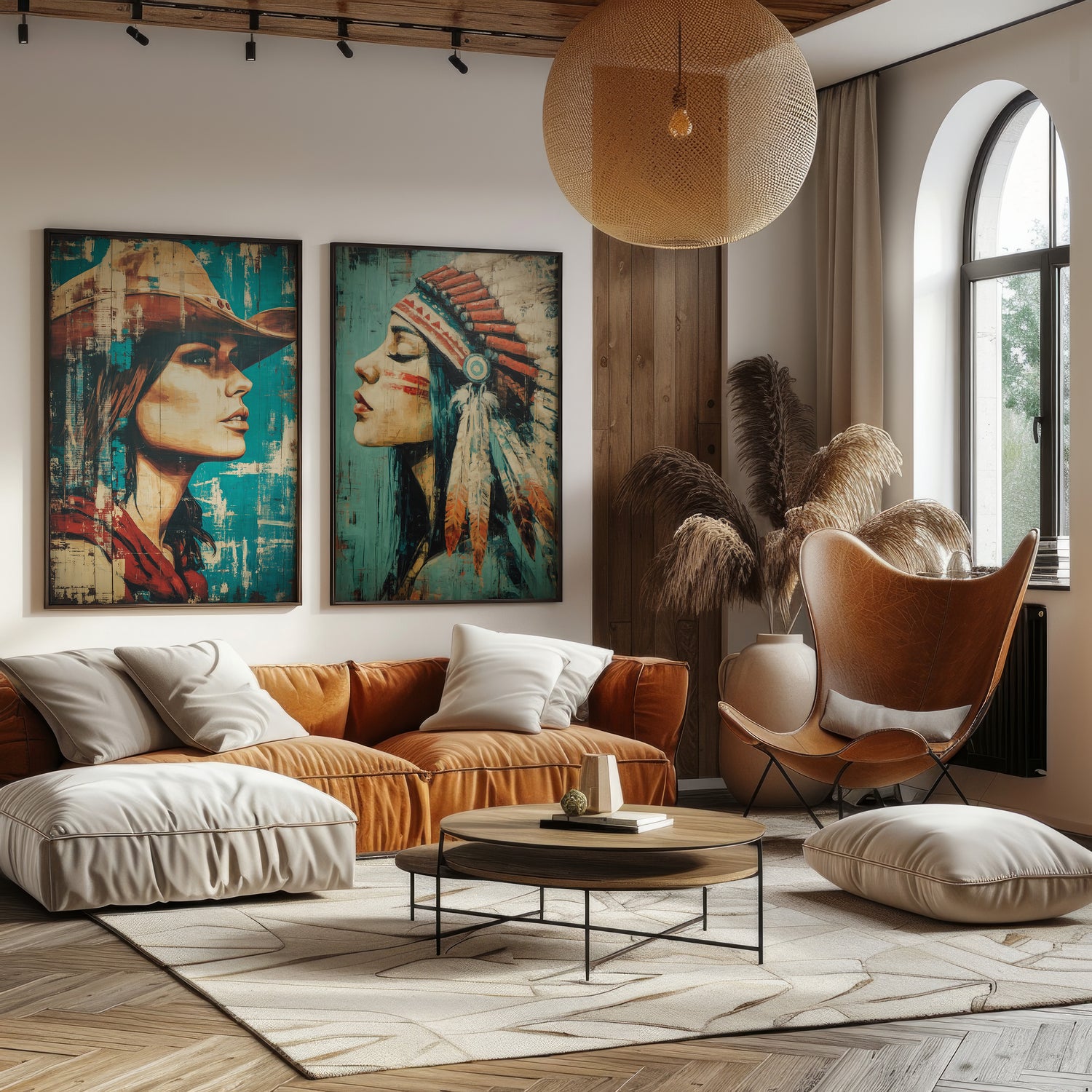
Frames are the unsung heroes of mixed-style art. They can either unify disparate pieces or add intentional contrast.
Choose one frame finish for everything:
Why it works: Your eyes see the unified framing first, making the varied content feel intentional rather than random.
If you want some variety:
For a more contemporary, layered look:
Designer Insight: Framebridge's design team recommends matching frame styles when mixing three or more different art mediums (photo + painting + print). It creates just enough consistency to let the content shine.

Size relationships matter as much as style relationships.
Designers often arrange art in visual triangles—your eye should be able to connect three "anchor points" across the wall:
This creates natural visual flow and prevents the "floating art" look.

Let's put this into practice with three common mixing dilemmas:
The Fix:
✨ Try pairing our [Monochrome] with selections from our [Minimalist Line Art Collection] for this exact balance.
The Fix:
The Fix:

Here's the final designer secret: rules are made to be bent.
If a surrealist landscape next to a mid-century geometric abstract makes you smile every time you walk into the room—it works. Your home should reflect your unique perspective, not a showroom.
The principles we've covered (color harmony, balanced scale, strategic framing) give you a safety net. But the best-designed spaces have a little rebellion in them—an unexpected pairing, a quirky vintage find, a piece that "shouldn't" fit but somehow does.
That's not bad design. That's personality.
Mixing and matching art styles is less about rigid rules and more about visual rhythm. Here's your quick-start checklist:
✅ Choose your unifying element (color, theme, or framing)
✅ Balance bold statement pieces with subtle supporting art
✅ Plan your layout (grid, salon, or ledge) before hanging
✅ Frame strategically for cohesion
✅ Play with scale to create visual triangles
✅ Trust your instincts—if it feels right, it is right
The beauty of mixing styles is that your walls can grow with you. Start with a few core pieces, then layer in new finds over time. Each addition tells part of your story.
Whether you're starting from scratch or adding to an existing collection, Kooly Designs makes it easy to find pieces that play well together—even when they're beautifully different.
✨ Shop by Style:
💌 Want more design tips? Sign up for our newsletter and get styling guides, new releases, and exclusive discounts delivered to your inbox.
📸 Show us your mixed-style walls! Tag @KoolyDesigns on Instagram—we love seeing your creativity.
Ready to find your perfect pieces?
✨ Browse our complete wall art collections to discover hundreds of designs created specifically for modern homes like yours.
💌 Want first access to new designs and styling tips?: Sign up for our newsletter and join thousands of design lovers getting weekly inspiration delivered straight to their inbox.
📱 Follow us on social: Find daily design inspiration and see how other customers are styling their Kooly pieces on Instagram and Pinterest.
Your walls are waiting – let's make them beautiful together.
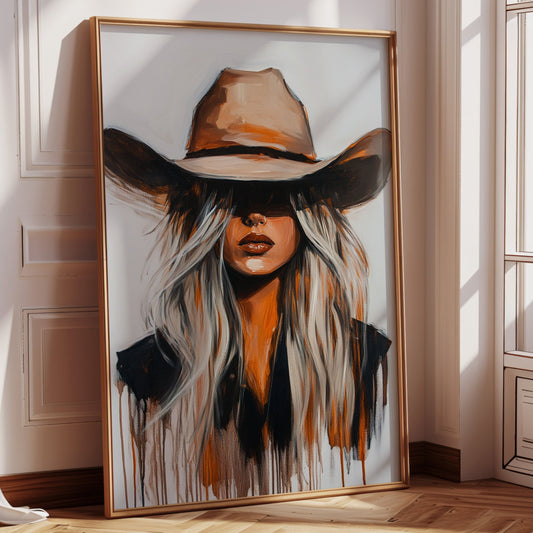

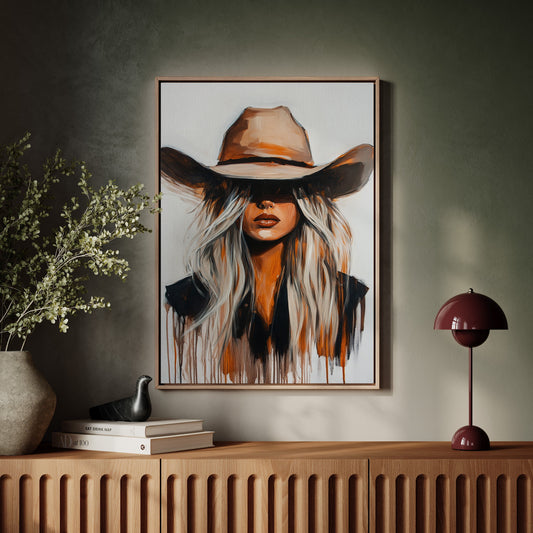
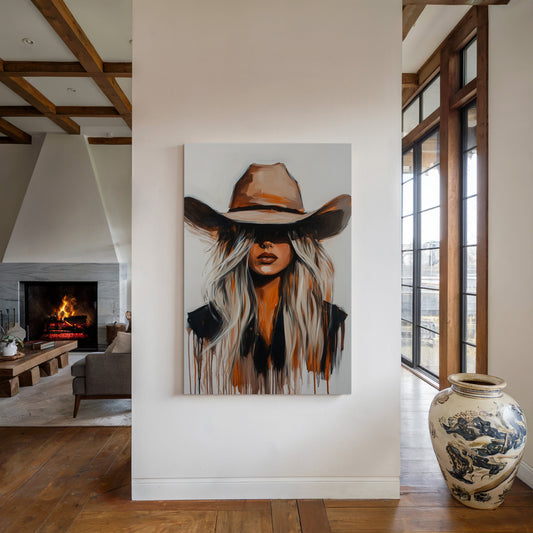
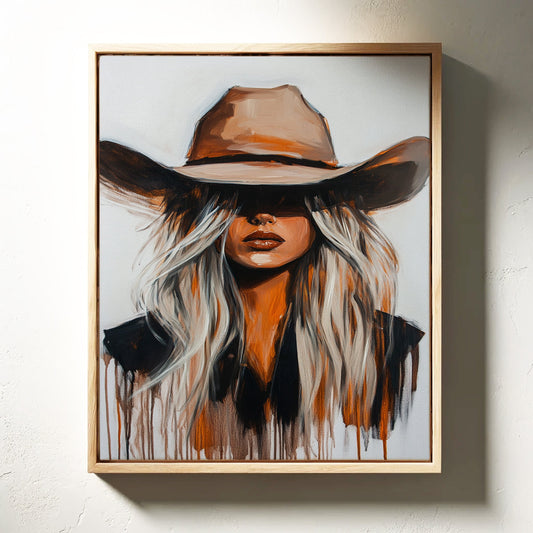
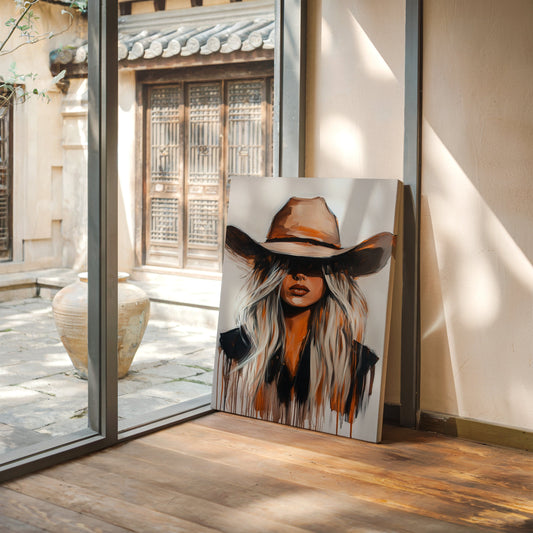
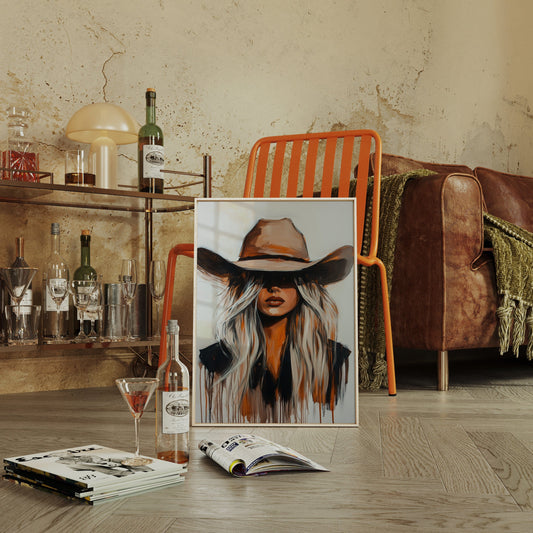
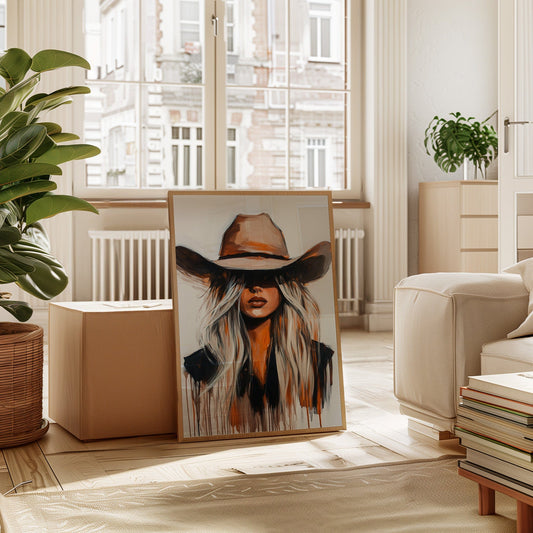
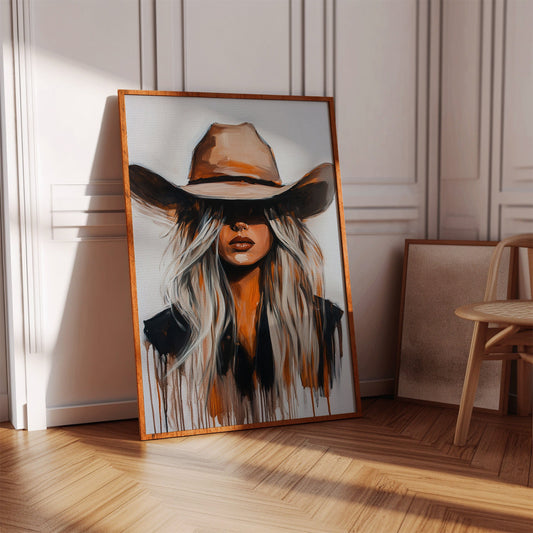
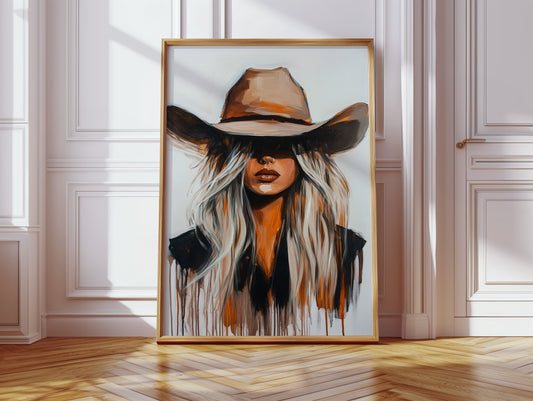
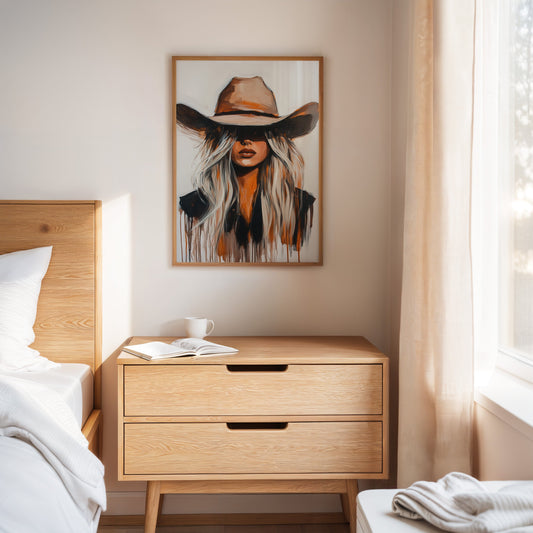
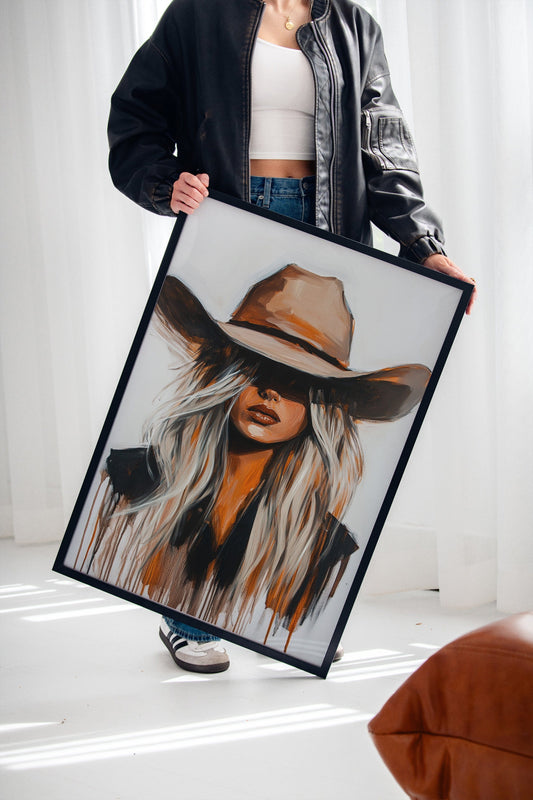
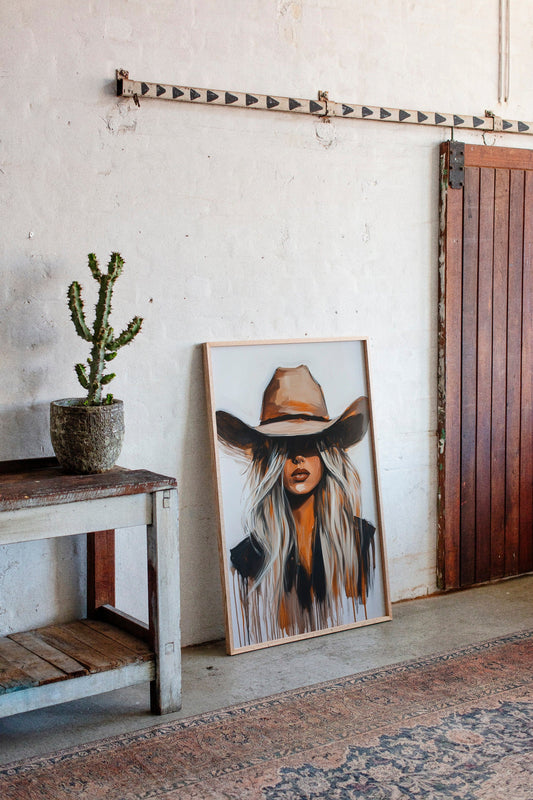
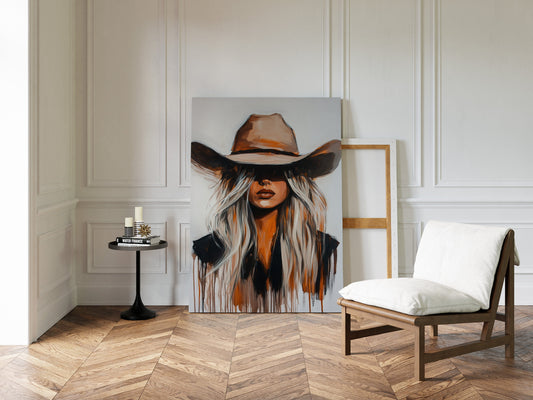
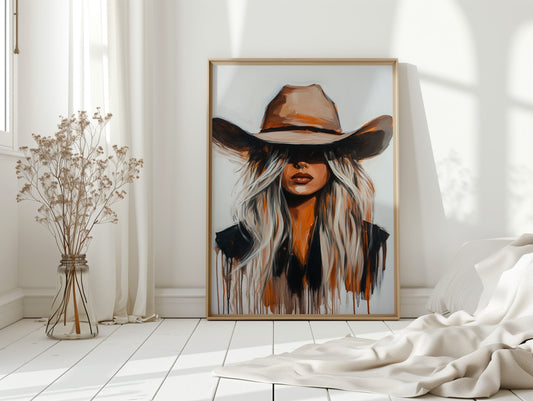
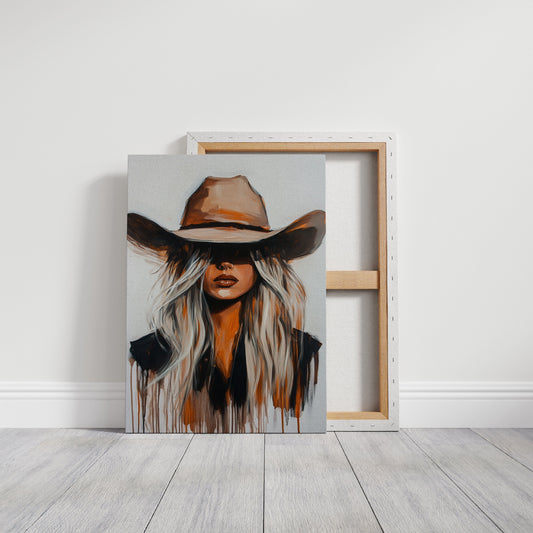
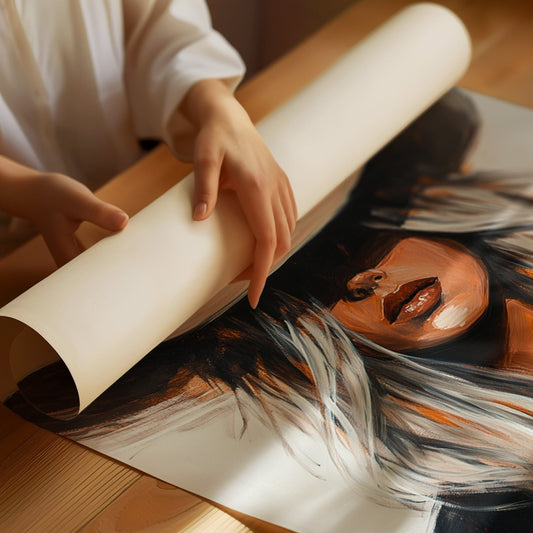
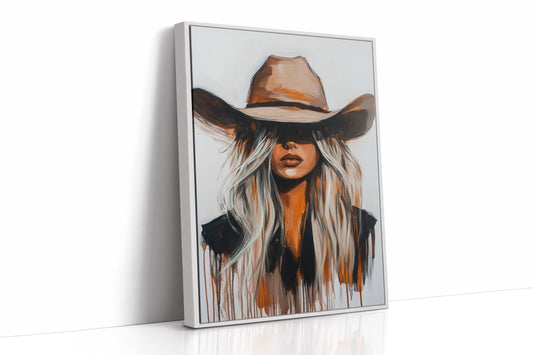
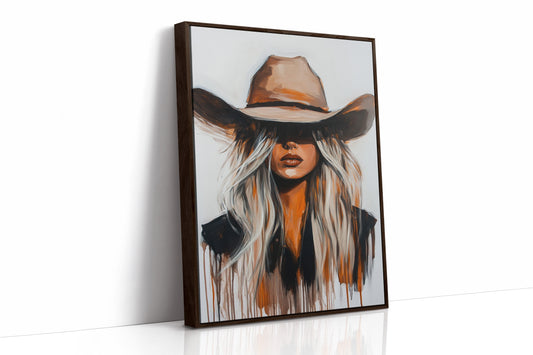
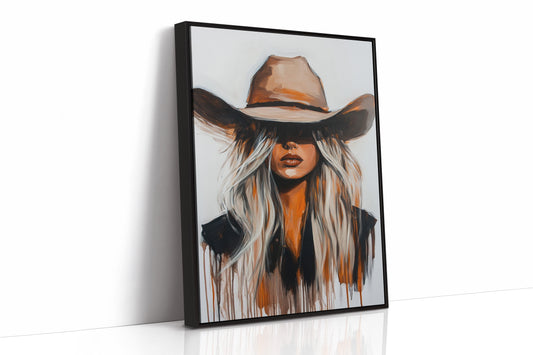
Curated design inspiration delivered weekly
Learn how to mix art styles confidently with designer tips on color, placement, and framing. Create a curated gallery wall that reflects your unique style.

Transform your kitchen with these modern farmhouse wall art ideas. From botanical prints to minimalist designs—find the perfect style for...
Transform your kitchen with these modern farmhouse wall art ideas. From botanical prints to minimalist designs—find the perfect style for...
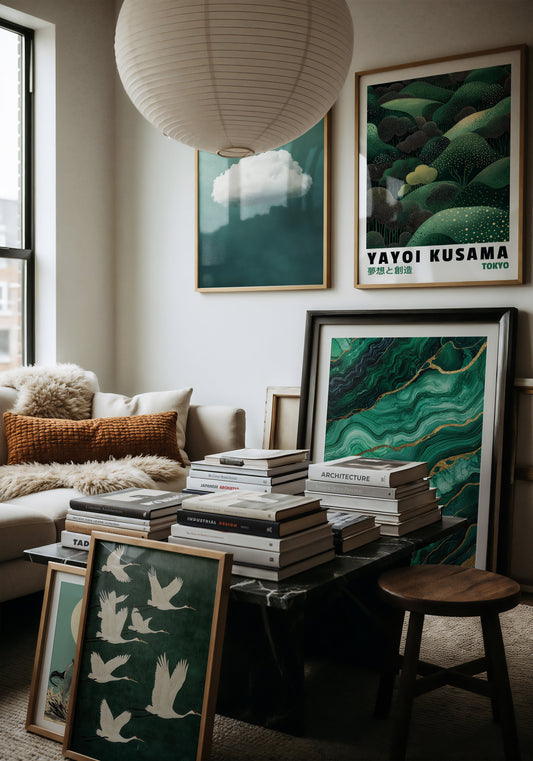
Learn how to mix art styles confidently with designer tips on color, placement, and framing. Create a curated gallery wall...
Learn how to mix art styles confidently with designer tips on color, placement, and framing. Create a curated gallery wall...
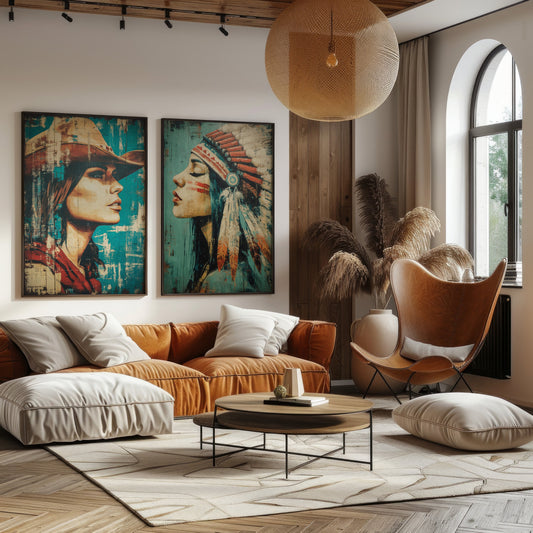
Transform your living room with bold wall art pairings. Discover how cowboy and chief art creates stunning statement walls. Shop...
Transform your living room with bold wall art pairings. Discover how cowboy and chief art creates stunning statement walls. Shop...
We're Wisconsin-based art curators who believe every space deserves meaningful artwork. From hundreds of submissions, we hand-select pieces that meet museum-grade standards and come with the complete artist story. Every purchase supports emerging artists and gives back to Milwaukee's homeless veterans.
Bundle & Save:
Create your perfect gallery wall and save. Mix and match any pieces to build a collection that tells your story—the more you add, the more you save.
Be the first to see new artwork, get exclusive previews, and hear the stories behind each piece before anyone else.
Browse collections, learn our story, and get the support you need for your art journey.
Search by style, color, size, or artist to discover artwork that speaks to you.
a shot away from just beautiful LOVE IT !


1 comment
very cool blog!! Excellent .. Amazing ..I am happy to find a lot of useful information here in the post, thanks for sharing
The Institute of Science and Techniques of Physical and Sports Activities, University of M’sila.